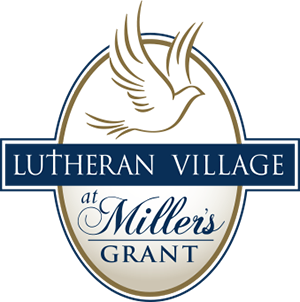Eating Well, Aging Well: Go for Whole Grains
The nutrients and health benefits of whole grains are gifts that keeps on giving. Going for whole grains is all about getting essential nutrients to fuel your body for healthy aging. Incorporating more of them in your diet can be easy with appetizing meals. Learn a whole lot of important information about them in this segment of our Eating Well, Aging Well series.
Go for the Grain – Whole Grain That is!
Whole grains have a lot of essential nutrients for your body. Whole grains consist of:
- Wheat bran – the kernel’s hard fibrous outer layer, which is rich with vitamin B, iron, copper, zinc, magnesium, antioxidants and phytochemicals
- Wheat germ – the core, which is a great source of vitamins, protein, fiber and healthy fat
- Endosperm – the interior layer and largest part of the kernel, which provides a good source of carbohydrates, proteins, minerals and vitamin B
However, not all grains are whole grains. The milling and refinement process removes bran, germ and parts of the endosperm that lowers the supple of vitamins and fiber. These processes extend the shelf life of the grains, but reduce the nutritional value to little to none. Look at the ingredients label, and choose “whole” instead of “enriched.”
Whole Lot of Benefits
Good nutrition is important at every age, but as we grow older, a healthy diet becomes a priority. Whole grains work hard for our health so we don’t have to. Eating more whole grains is linked with:
- Slower cognitive decline
- Regulated digestion
- Improved metabolism
- Healthier gut microbiome
- Decrease inflammation
- Lower risk of Type 2 diabetes
- Lower body mass index and less obesity
- Lower low-density lipoproteins (i.e. bad) cholesterol
- 14% lower risk of stroke
- 19-22% lower risk of heart disease
- 17% lower risk of colorectal cancer
- Overall successful aging (i.e. the absence of disability, depression, cognitive problems, respiratory problems and chronic disease)
Get the right grain for all the benefits. Try to include 30-45 grams of fiber each day in your diet. The 2015-2020 Dietary Guidelines recommend at least half of the grains consumed, by Americans, be whole grains. Fluids and fiber are necessary to work together to reap the benefits, so remember to nourish with fluids.
Consider the following options to increase your whole grain intake.
Breakfast
- Oatmeal
- Whole grain toast
- Whole grain corn grits
Lunch:
- Whole grain toast
- Whole grain pita
- Whole grain veggie burger on whole grain bun
Dinner
- Whole grain pasta
- Brown rice or barley
- Farro
Snacks
- Whole grain cereal
- Whole grain granola bar
- Whole grain graham crackers
Gluten-Free and Whole Grains
If you have a gluten-free diet, there are other options for adding more fiber in your diet.
- Include more high fiber fruits and vegetables on your plate.
- Add beans or legumes into your soup or chili.
- Choose gluten-free bran cereal.
- Snack on popcorn, peanuts and seaweed.
- Mix flaxseeds or chia seeds into your smoothies.
About the Authors
Tamara Griffin works at Lutheran Village at Miller’s Grant as the dining director and Janet Lister is community’s dietician.
